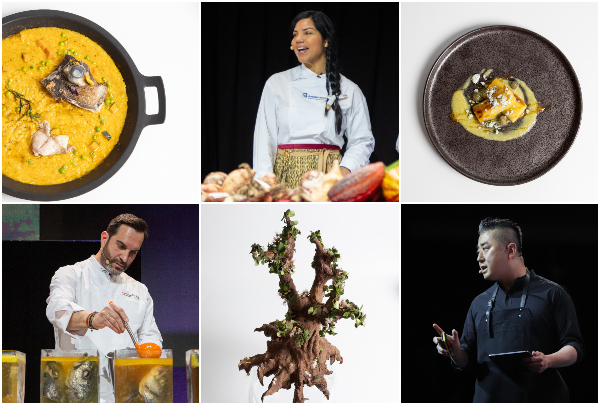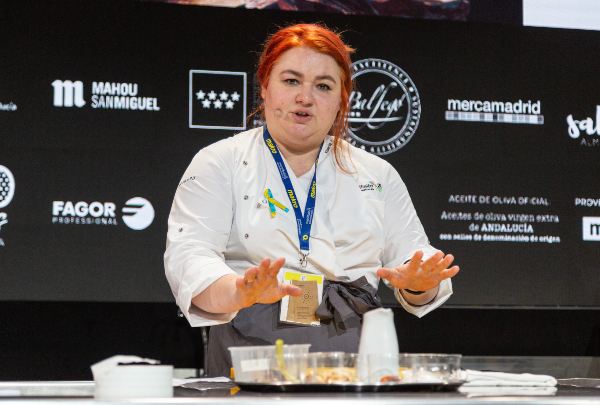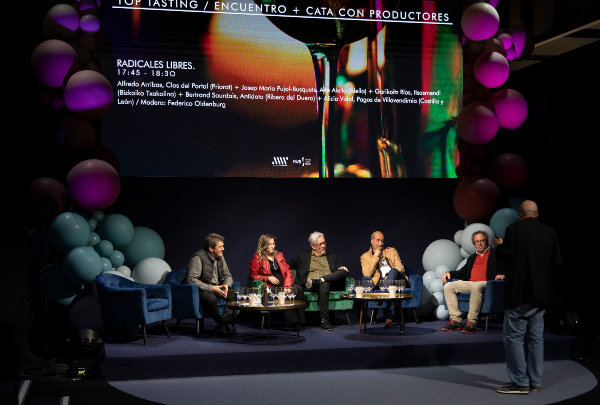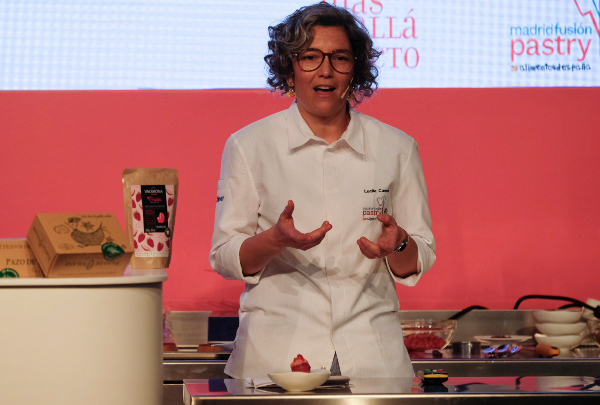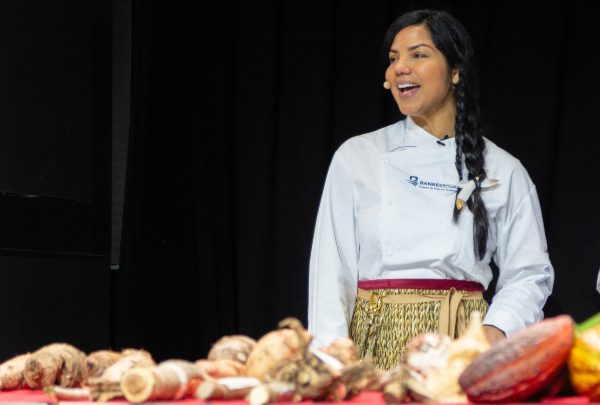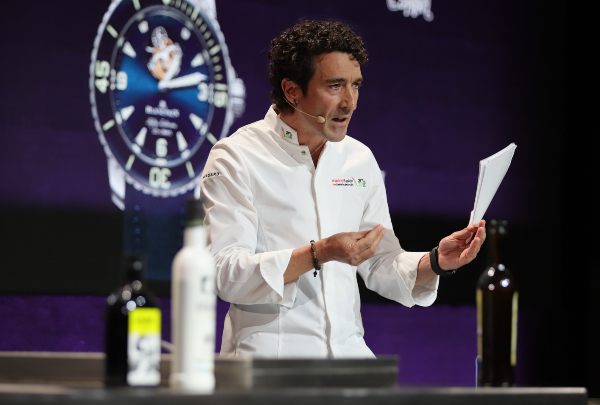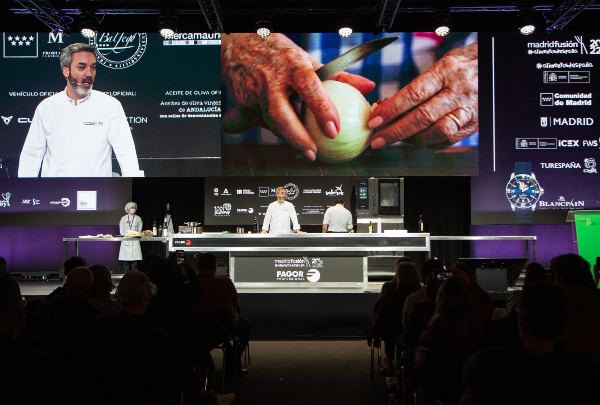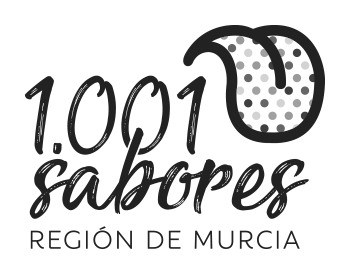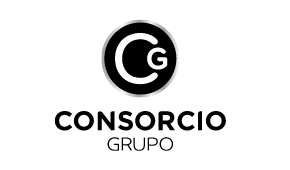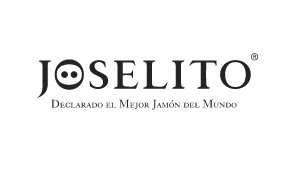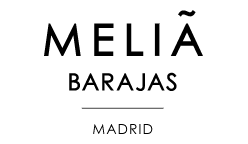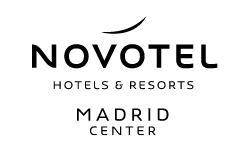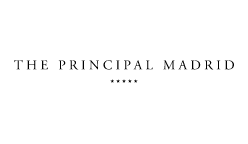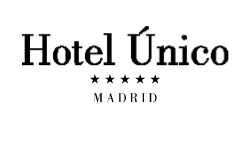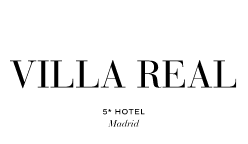News
Recovery of abandoned vineyards and (r)evolution on the restaurant floor
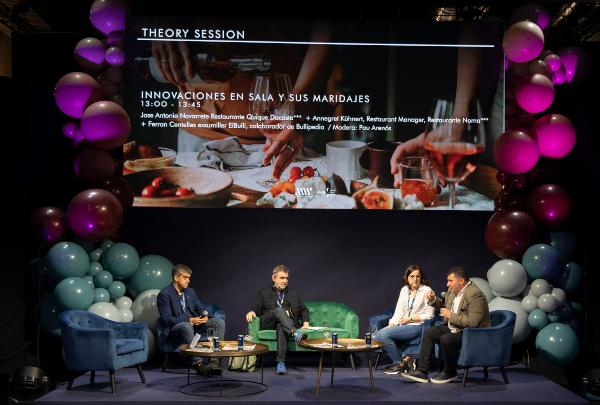
The first day of The Wine Edition Wines from Spain brought together some big names in gastronomy and wine such as José Antonio Navarrete (Restaurante Quique Dacosta***), Annegret Kühnert (Restaurant Manager at Noma***) and Ferran Centelles (formerly sommelier at ElBulli), who discussed innovation on restaurant floors and wine combinations, along with producers Telmo Rodríguez, Ricard Rofes (Valldencomte), Roberto Santana and Alfonso Torrente (Envínate), who commented on the recovery of disused hillside vines as a way of safeguarding some of Spain's best vineyards.
“Live as if this day were your last; grow as if you were going to live to be 100”. With this watchword, Fernando Mora MW introduced a presentation video representing a journey through the projects to recover vineyards and varieties undertaken by his colleagues in the “Hillside rescue team” talk.
“The Canary Islands are still abandoning vineyards because the new generations don't want to work them manually; true, these vineyards call for a lot more hard work, but the final outcome is also more positive", said Roberto Santana about Envínate's vineyard recovery project in Tenerife. “It's also a way of taking care of the territory, appreciating winemakers and giving something back to people that has always been theirs”, added colleague Alfonso Torrente.
The mountains contain hidden vineyards which have always been there. “In Galicia alone they have more diversity than all of France. We live in a country with hundreds of varieties, and it's well worth fighting for these incredible locations”, said Telmo Rodríguez with his sights set on Falcoeira, Valdeorras, one of Spain's large disused vineyards, a small 2.7 Ha plot replanted 20 years ago in the image of the past, using local varieties, some of which have been lost, managed by the producer. “Our objective has always been to speak out for small properties, to turn them into the world's best vineyards".
Ricard Rofes (Valldencomte) recalled the time when he decided to breathe new life into the family vineyard in Montsant. “What moved me to get into this madness was that I didn't know how mad and senseless it was going to be”. The vineyard retrieved had been completely devoured by the woods through disuse, and cleaning up the hillside again to replant was a genuine odyssey, but he had to do it. “Giving back that pride to local people was a debt to my great-great-grandparents, a way of preserving that historical legacy we have to transmit to combat globalisation”, he explained.
An elevation of tradition and also of local varieties, which is a reality in several regions of Spain, thanks to a new generation of producers with an undertaking to save old wines by way of a homage to our roots. “This is the biggest revolution Spanish wine has ever seen", concluded Fernando Mora MW.
The morning of Monday 28 March continued with the round table "Innovations on the floor and combinations", where José Antonio Navarrete (Restaurante Quique Dacosta***), Annegret Kühnert (Restaurant Manager de Noma***) and Ferran Centelles (former sommelier at ElBulli and Bullipedia associate) explored new ways of being creative in order to provide customers with a more personal, comprehensive experience.
Exhibition vs. exhibitionism on the floor
Serve or be servile? How should the floor and the wine service operate when the old codes have been torn apart? How can the professional maître approach diners, knowing what they need at all times? With the maxim that the only star on the restaurant's floor is the customer, professionals sought to find a response to these and other queries at a talk moderated by journalist Pau Arenós.
The role of the sommelier as a communicator and the importance of humanising the floor was one of the salient points at this round table. “As sommeliers, we have to find a balance between what someone cooks and what someone makes; we're the ambassadors of the producers, and we have to be able to convey the knowledge they gain naturally”, said José Antonio Navarrete.
“The border between what can and can't be done on the floor was marked out for us by Juli Soler”, added Ferran Centelles, who has given priority on his list of restaurant floor innovations to protection of the legacy, ahead of new service tools.
The genuine restaurant floor evolution or revolution means relaxing the atmosphere and adding in more informality, according to Annegret Kühnert. “We have to work together to make customers comfortable and ensure they trust us implicitly. To feel their energy and not try to be anyone we aren't; to relax and enjoy. Now there are many more possibilities of giving diners an experience more in line with their tastes and expectations”.
But where is the line drawn between exhibition and exhibitionism? Ferran Centelles came up with this doubt with respect to the combinations of certain restaurants that fill the table with glasses, occasionally stealing the limelight from the food. Does this image represent exceptionality, or is it just for show? It all depends on the philosophy of the restaurant, and what is demanded by a customer who desires this kind of experience, the speakers agreed.
On the subject of how the sommelier's ego influences the construction of a restaurant's wine cellar, Centelles says "if it's a positive ego, it's a passion thing".

 600.jpg)
